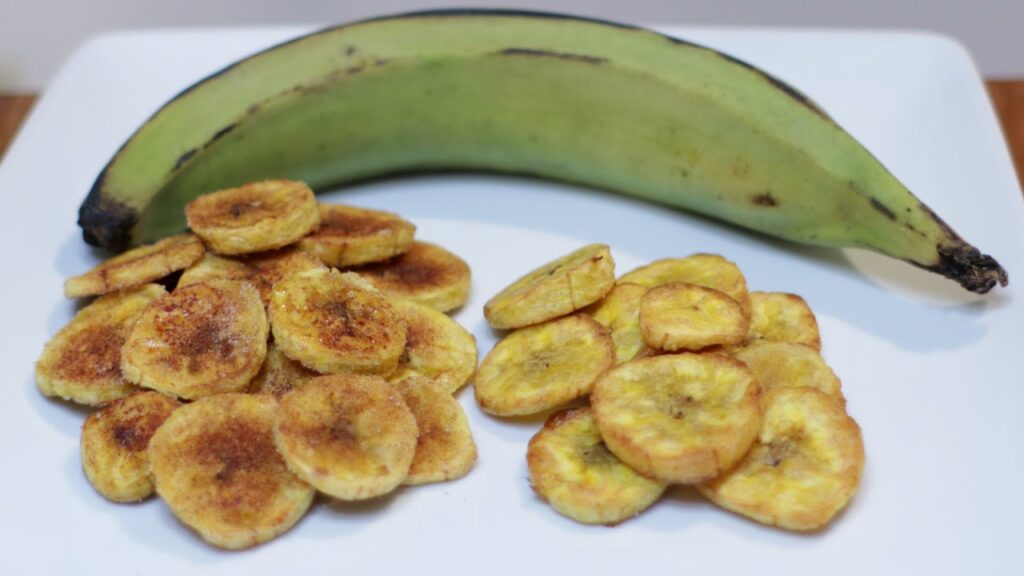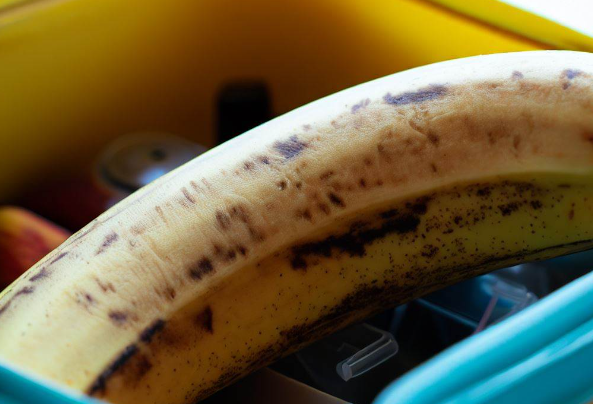Thailand is a paradise for fruit lovers, offering a rich variety of tropical fruits. There’s one fruit that stands out as the national favorite. What is this fruit, and what makes it special? Here, we dive deep into the history, cultural importance, and health advantages of Thailand’s beloved national fruit.
Renowned for its wonderful culture, warm people, and mouth-watering cuisine, Thailand boasts a plethora of fruits that capture the hearts of both locals and visitors. There is one fruit that has earned the honor of being the national fruit, but do you know which one it is? Let’s find out!
Table of Contents
- The Origins and Story of Thailand’s National Fruit
- Why the Mangosteen Means So Much in Thai Culture
- Unlocking the Health Secrets of Thailand’s National Fruit
- How Thailand’s National Fruit Influences Its Economy
- Delicious Thai Recipes Featuring the Mangosteen
- Enjoy Thailand’s National Fruit Wherever You Are
- Fascinating Trivia About Thailand’s Cherished Mangosteen
- In Conclusion
- FAQs About the Mangosteen
- What does the mangosteen taste like?
- What are the health benefits of the mangosteen?
- How is the mangosteen used in Thai cuisine?
- Can I grow mangosteens at home?
- Is the mangosteen related to the durian?
The Origins and Story of Thailand’s National Fruit
The crowned national fruit of Thailand is the mangosteen. This exotic fruit is sweet with a hint of tanginess and has a luscious white center. Thais treasure the mangosteen for its distinct taste and the myriad of health benefits it offers.
Native to Southeast Asia, the mangosteen has thrived in Thailand for generations. This esteemed “Queen of Fruits” is praised for its royal flavor and appearance.
Why the Mangosteen Means So Much in Thai Culture
In the hearts of Thais, the mangosteen is far more than a treat; it symbolizes wealth, happiness, and fortune. It’s a popular gift for special events like weddings, birthdays, and celebrations. Additionally, the mangosteen is regarded highly in Thai herbal medicine, credited with curing various health issues.
Unlocking the Health Secrets of Thailand’s National Fruit
Mangosteens are not merely tasty—they’re also a treasure trove of nutrients. They’re packed with antioxidants that fight cellular damage and can lower the chances of diseases like cancer and heart problems.
This fruit is a great source of dietary fiber, enhancing digestive well-being and preventing constipation. Vitamins and minerals including vitamin C, potassium, and calcium found in mangosteens contribute to overall health and wellness.
How Thailand’s National Fruit Influences Its Economy
The production of mangosteens plays a critical role in Thailand’s agriculture and trade. The country is one of the top growers of mangosteens, which are sold across the globe and support numerous Thai farmers. Beyond the fruit, mangosteen trees provide valuable timber that’s both strong and long-lasting.
Delicious Thai Recipes Featuring the Mangosteen
The versatile mangosteen can be found in a selection of Thai recipes. “Mangosteen Salad” is a fan favorite, blending the fruit with other tropical flavors like papaya, mango, and coconut. The “Mangosteen Curry” is another exotic choice, featuring the fruit in a spicy and aromatic sauce.
Enjoy Thailand’s National Fruit Wherever You Are
If you’re not in Thailand, you may still find mangosteens at specialty stores or online. Opt for ones that feel firm and are weighty for their size.
Slice gently around the fruit’s middle with a sharp knife without cutting the flesh, then twist it open. Inside, you’ll find the edible white segments that you can savor fresh or add to multiple dishes.
Fascinating Trivia About Thailand’s Cherished Mangosteen
- The mangosteen likely originated in Indonesia and reached Thailand in the 18th century through trade.
- Despite often being confused with the durian due to their regional popularity and origin, mangosteens and durians are quite different in taste, texture, and looks.
- Thai legends attribute magical healing abilities to the mangosteen, claiming it can cure various conditions.
In Conclusion
The mangosteen is more than just Thailand’s national fruit—it’s a symbol of cultural pride and a fruit celebrated globally for its delectable taste and health advantages. Whether you’re in Thailand or another part of the world, this tropical gem is definitely worth experiencing for yourself.
FAQs About the Mangosteen
What does the mangosteen taste like?
Imagine a blend of peach, strawberry, and grape flavors – that’s the delightful taste profile of the mangosteen.
What are the health benefits of the mangosteen?
Loaded with antioxidants, fiber, vitamins, and minerals, the mangosteen is great for fighting cellular damage and minimizing the risk of various diseases.
How is the mangosteen used in Thai cuisine?
Thais love incorporating mangosteen in dishes like tangy salads, flavorful curries, and decadent desserts.
Can I grow mangosteens at home?
Growing mangosteens at home is challenging; they need a tropical climate and patience, as they can take many years to bear fruit.
The mangosteen is not related to the durian, although they’re both popular fruits from Southeast Asia and often confused for one another.
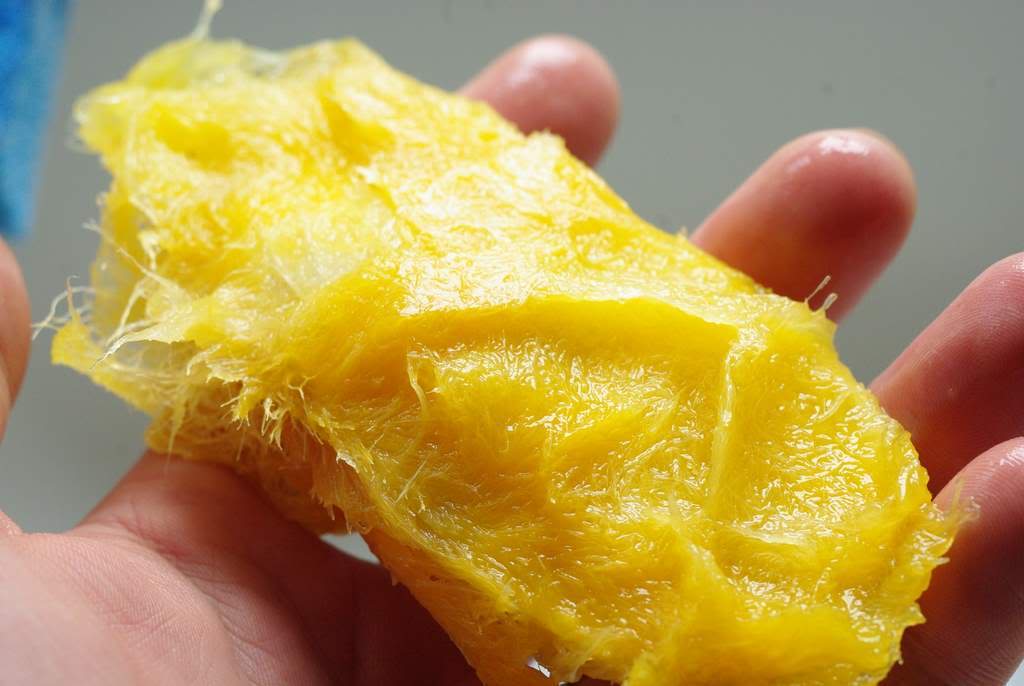

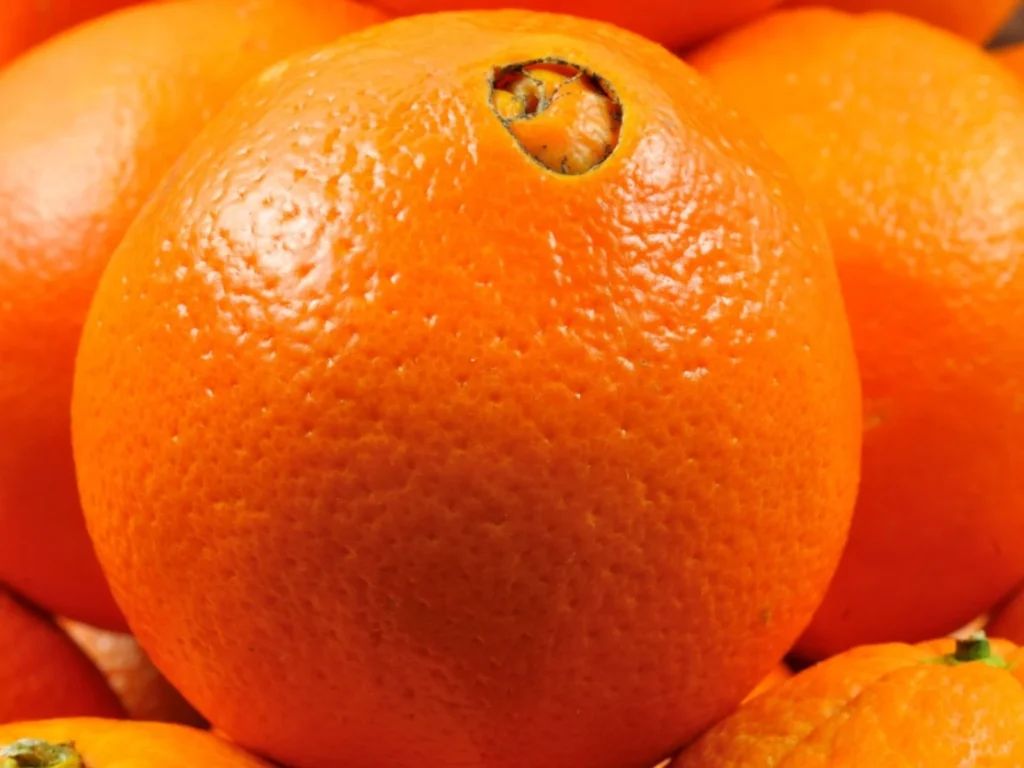
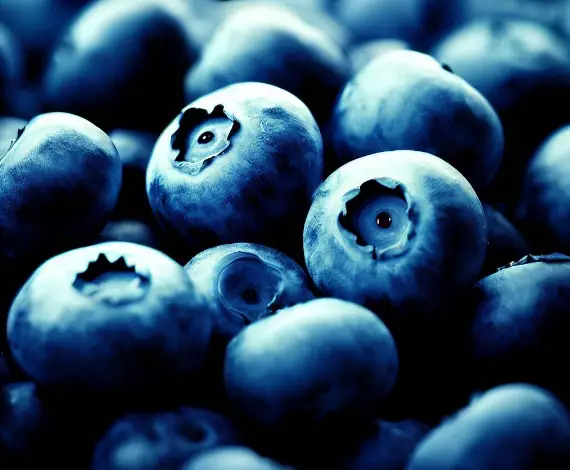
![What Is the National Fruit Of Dominican Republic? [ANSWERED]](https://fruitonix.com/wp-content/uploads/2023/04/Passion-fruit-also-known-as-Chinola.jpg)

